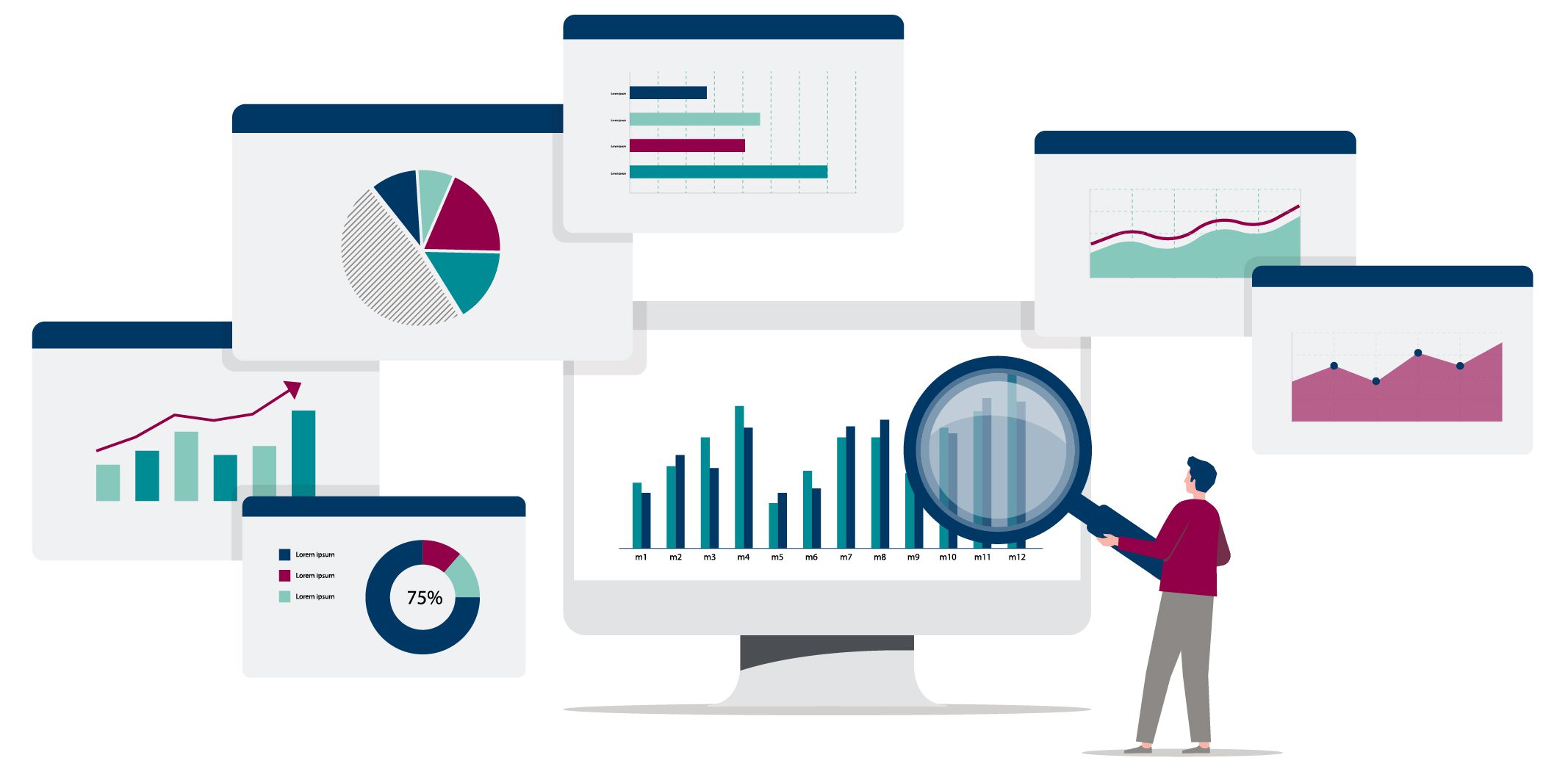5 Steps to a Risk-Based Account Reconciliation Policy
Blog post
Share
As organizations look to reduce the cost of their finance and accounting teams, it is essential to find the balance between reducing workloads while still maintaining control and accuracy of the balance sheet reconciliation process. For this reason, firms are increasingly looking to implement global, risk-based account reconciliation risk assessment policies.
By taking a risk-based approach to reconciliations, resources can be focused on the high risk balance sheet accounts while lower-risk tasks can be done less frequently. With a global approach, the process can be standardized, rationalized and the appropriate actions can be taken, depending on the risk. Additionally, variance analysis software can complement the development of account reconciliation policy, so finance teams can consistently identify gaps and work to bridge them, further minimizing risk.

Several global organizations, such as Carlson Wagonlit (CWT), have completed similar projects. From their financial transformation journeys, here are 5 steps for risk management best practices and to help develop a standardized, global, risk-based account reconciliation policy.
5 Best Practices for Account Reconciliation Risk Assessment and Mitigation
Step 1: Define Your Reconciliations
An account reconciliation policy can act as a training document for employees, in addition to clarifying requirements and procedures. Guidelines and criteria are more likely to be adopted when individuals fully understand the importance and relevance of a process — reducing the likelihood of resistance to change. For this reason, it is recommended to give an overview of why reconciliations are being performed, and exactly how a balance should be substantiated.
Outlining key terminology can also help users understand the policy. For example, what is your definition of a “Reconciling Item”? Must all accounts be fully reconciled or just within a threshold? What level of segregation of duties is acceptable for the preparation and review of a reconciliation?
Step 2: Determine Risk-Based Account Reconciliation Policy
The next step is to determine how the risk rating of an account will affect its treatment. The key here is to successfully manage the fine balance between reducing overall workload and maintaining control of the process. For example, by mandating that only high-risk accounts are reconciled monthly, individuals will have more time to investigate any differences rather than spending their time reconciling zero-balance accounts, which adds less value.
[cta-content-placement]
A low-risk account may only need to be reconciled on an annual basis, whereas a high risk balance sheet account may be prioritized each month. The risk rating could also determine the level of approval that is required in the workflow.
Step 3: Establish the Definition of Low and High Risk Balance Sheet Accounts
Next, the criteria for identifying the risk rating of an account must be clearly established. To accomplish this, it is important to have the ability to determine risk ratings on an ongoing basis. Otherwise, if static ratings are used, a high-value unexplained item in a low-risk account may not be reviewed for twelve months.
Risk ratings can be driven by several factors relating to an account. For example, a low-risk account may be based on the month-over-month variance of the balance, or the difference between General Ledger and Sub-ledger ending balances. On the other hand, a high-risk account could be defined by a debit balance existing when credit is expected, where there has been a higher-than-usual variance in the balance of the account, or when the same reconciliation failed a peer review in the prior period.
These dynamic account reconciliation risk assessments should be evaluated on an ongoing basis to ensure nothing is missed.
Step 4: Utilize Automated Balance Sheet Reconciliation Software to Automate This Process
Technology can be utilized to aid the implementation of a global account reconciliation policy by enforcing standardized best practices for risk management which will, in turn, increase overall user adoption.

Users can be automatically notified when the risk rating of one of their accounts changes based on a variance, materiality threshold or level of activity — making risk-rating more transparent and objective.
Overall, automation developed specifically to reduce risk (such as Trintech’s Risk Intelligent Robotic Process Automation™) supports a more efficient and effective account reconciliation process, with several clients reducing both risk and costs simultaneously.
Step 5: Drive Reconciliation Risk Reduction Further with Variance Analysis Software
The last key step to a thorough risk-based account reconciliation process is the continual analysis of variance reports. Typically, variance reports are run at the period-end when there is significantly less opportunity to minimize the impact of variances that are identified. Automating this process with variance analysis software allows finance and accounting teams to proactively find and mitigate areas of risk and decrease the organization’s risk profile.
Ultimately, completing the account reconciliation process in spreadsheets and with manual processes exponentially increases the risk profile of an organization. Automation is key to effectively performing account reconciliation risk assessments to reduce risk throughout the process.
Written by: Ashton Mathai

